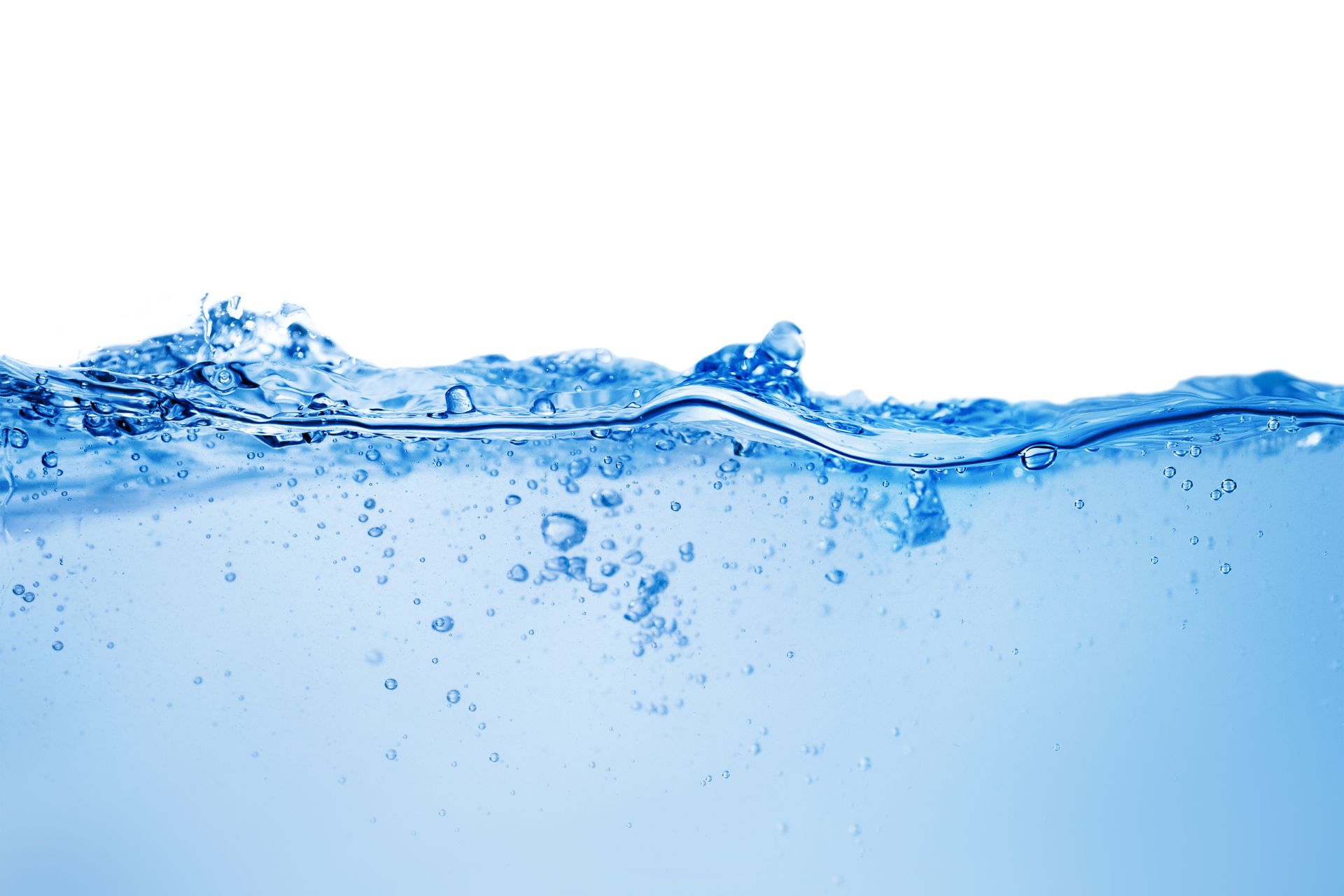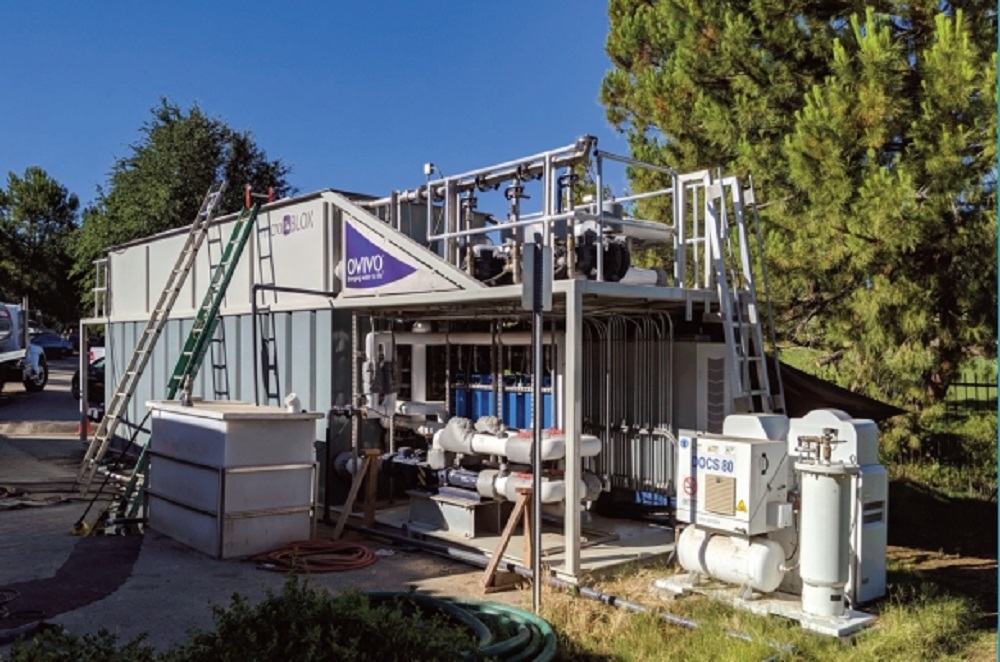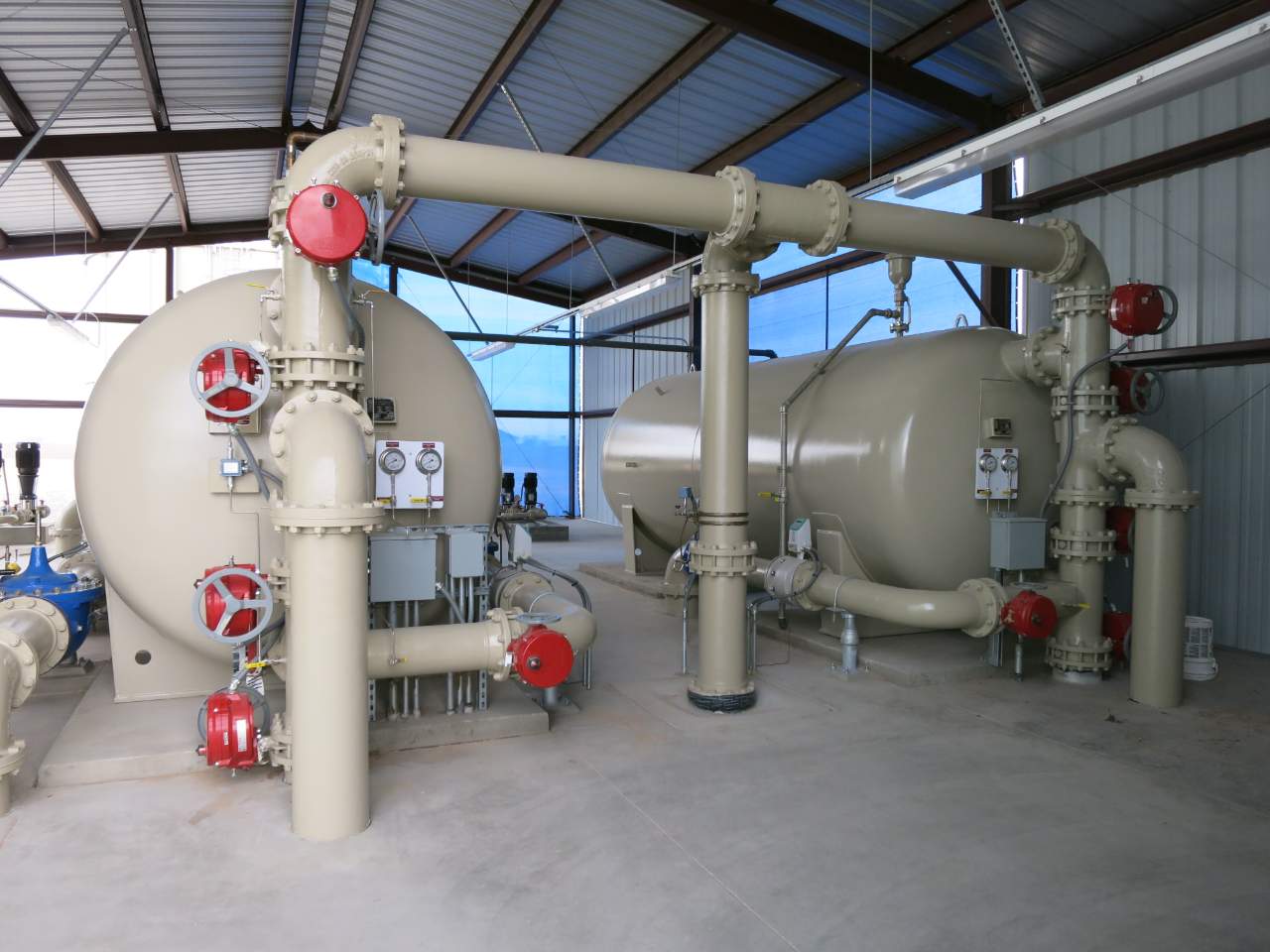Advanced Wastewater Treatment Technologies in the Food & Beverage Industry

Advanced wastewater treatment technologies have evolved significantly to address the growing environmental concerns and the need for more efficient and sustainable approaches in treating wastewater. These advancements focus not only on improving treatment efficacy but also on optimizing operations through enhanced controls and automation.
In the food and beverage industry, wastewater treatment holds particular significance due to the complexities and variations in wastewater composition from different production processes. Advanced treatment technologies tailored for this sector encompass various methods and innovative approaches, often coupled with sophisticated controls and automation to ensure effective and compliant wastewater management.
Advanced Treatment Technologies
In the world of wastewater treatment, Membrane Bioreactors (MBRs) and Moving Bed Biofilm Reactors (MBBRs) stand as pillars of biological treatments, albeit with distinctive methodologies and outcomes.
Evolution of MBR: Efficiency and Economics
MBR technology has undergone a remarkable evolution, propelled by relentless innovation in membrane efficiency. These advancements have transformed the economic landscape of wastewater treatment. Traditional MBR setups often faced challenges in operational costs due to high energy consumption and membrane replacement expenses. However, recent breakthroughs in membrane design and materials have significantly enhanced efficiency while reducing maintenance requirements and energy consumption.
The improved membrane efficiency has resulted in substantial cost reductions, making MBR a more financially viable option. The extended lifespan of membranes and decreased energy demands have become game-changers, positioning MBR as a cost-effective solution for various industries seeking sustainable wastewater treatment options. For instance, some modern MBR systems with flat-sheet membranes can lower energy bills by 10 to 20 percent depending on operations (5-8 times more efficient since 2001). In many cases the energy requirements remain neutral, a significant improvement over conventional treatment technologies. Furthermore, newer flat-sheet-equipped MBRs can increase the membrane area by 30 to 90% depending on the manufacturer. Some of today’s MBR products can be dropped into place on top of existing diffusers, without requiring new tooling or piping changes to the existing plant.
Quality of Effluent: MBR’s Edge
One of the distinguishing factors between MBR and MBBR lies in the quality of effluent produced. An MBR’s membrane filtration system consistently delivers a higher quality of treated water compared to MBBR. This high-quality effluent often meets stringent regulatory standards without the need for additional polishing or treatment, a significant advantage for industries with strict discharge regulations.
Within the dynamic realm of the food and beverage industry, the adoption of wastewater reuse and recycling is significantly enhanced by the implementation of MBR technology. MBR plays a pivotal role in transforming water management practices in these facilities. By integrating MBR technology, the industry maximizes the recovery of usable water from wastewater streams. This approach not only minimizes environmental impact but also cultivates a culture of resourcefulness and sustainability.
The utilization of MBR technology marks a significant shift in perspective, allowing wastewater to be seen not as a disposable byproduct but as a valuable asset. This innovative approach not only addresses environmental concerns but also stimulates a culture of forward-thinking solutions. As the food and beverage sector continues to embrace advanced technologies like MBR and refine industry standards, the trajectory points towards a future characterized by heightened water efficiency and environmental conscientiousness. In this evolving landscape, every drop of water is harnessed and repurposed wisely, shaping a more sustainable industry.
Another MBR technological advancement is the increasing modularity of treatment solutions. Modular MBR systems are not new, but the standardization and integration of membranes, automated control systems, and remote management capabilities are an emerging development. For example, the BluBox MBR product of M|MBR Systems, an Integrated Water Services company, brings together these essential technologies and capabilities for rapid delivery, easy installation, scalability, and adaptability to varying site requirements.

A notable advantage in the MBR modularity lies in their smaller footprint, stemming from their distinctive design. This compactness is a standout feature when contrasted with the spatial demands of MBBRs.
Today, total installed costs of an MBR system is comparable to conventional technologies where reuse, footprint, and effluent quality are the drivers. Conversely, MBBRs operate solely through biological treatment mechanisms without incorporating filtration. While MBBR systems offer effective wastewater treatment, they don’t achieve the same level of effluent purity as MBR due to the absence of membrane filtration. The effluent from MBBR may require additional treatment or polishing before meeting stringent regulatory standards or specific industrial reuse needs.
ESG Goals and Industry Applications
As industries intensify their focus on Environmental, Social, and Governance (ESG) goals, water recycling and sustainability have emerged as pivotal agendas, especially in the food and beverage sector. MBR technology aligns seamlessly with these objectives. Its capability to produce high-quality effluent not only meets regulatory standards but also caters to the specific needs of food and beverage companies aiming to reduce their environmental footprint.
The purified effluent from MBR can be reused for primary rinsing of processing equipment, ensuring compliance with sanitation standards. Additionally, it can facilitate efficient wash down processes without the risk of contamination. Furthermore, in agricultural settings, the treated water can be safely applied to land, contributing to sustainable irrigation practices.
MBR’s Ascendancy in Sustainable Wastewater Treatment
The advancements in membrane efficiency have propelled MBR technology to the forefront of sustainable wastewater treatment solutions. With its economic viability, ability to produce high-quality effluent, and alignment with ESG goals, MBRs stand as a beacon of innovation for industries seeking environmentally conscious and economically sound wastewater treatment options.
As industries continue to embrace sustainability as a core value, the allure of MBR will undoubtedly grow, reshaping the landscape of wastewater treatment and contributing significantly to an eco-friendlier future.
This was the second of a four-part series. See Modular Wastewater Treatment: Fueling Sustainability in Food & Beverage for Part one.
Come back on 12/14/23 as we look at tightening regulatory requirements specific to the food and beverage industry.
On 12/21/23 we’ll conclude the series with a discussion on how incorporating wastewater reuse and recycling is a powerful catalyst for enhancing your Environmental, Social, and Governance (ESG) initiatives.
Ready to learn more about how we can help you upgrade your facility or start your build-out? Talk to an expert today!
Want to learn more? Read some of our similar articles:
Sign up for the Integrated Water Services newsletter.
We share important perspectives and news on MBR wastewater treatment every two weeks.


